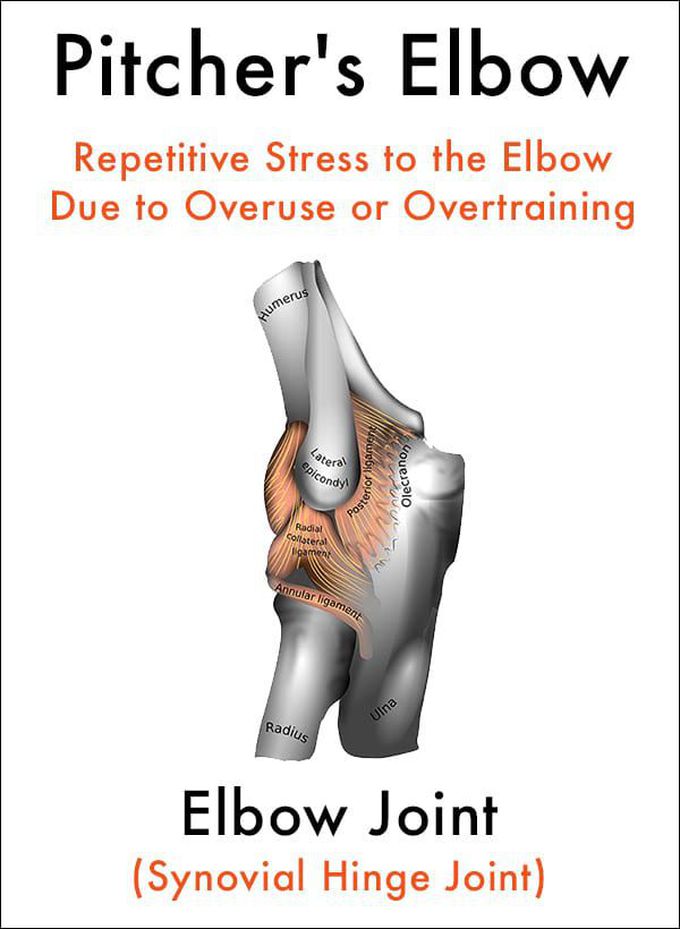


Pitcher’s Elbow
Keep Pitcher’s Elbow on the Bench Any baseball player or fan, and even those of us who rarely go near a ballpark, have probably heard the term pitcher’s elbow. This common throwing-arm injury is characterized by pain that runs on the inside of the elbow from the elbow to the wrist. It can be caused by a number of activities, but it’s particularly prevalent—and infamous—among ball players. The diagnosis can force players to take a big break from the pitcher’s mound and, if critical, can end a career. Baseball players and other throwing athletes—anyone who throws repeatedly overhand—are at higher risk of elbow injuries because the overhand throwing motion puts significant stress on the elbow. And because throwing athletes often perform this motion over and over again, the stress is compounded with overuse. You can put similar stress on the elbow during a golf swing or a strong serve in tennis and when operating a chainsaw or carrying a heavy suitcase. One reason that the elbow is vulnerable in throwing athletes is that one ligament, the ulnar collateral ligament (UCL), is put under major stress when you pitch or throw overhand. The UCL stabilizes the elbow during throwing, along with several muscles, nerves, and tendons. When the UCL and this complex stabilizing system are overstressed, athletes can experience pitcher’s elbow (also know as golfer’s elbow or medial epicondylitis, among other names).
Elbow Flexion TestAbrasionWhat is Rheumatoid Arthritis? | Johns Hopkins RheumatologyAnkylosing Spondylitis | HLA-B27, Pathophysiology, Signs & Symptoms, Diagnosis, TreatmentWhat is scoliosis?Osteosarcoma - Pathology, Symptoms, Diagnosis, TreatmentExternal nose bones

